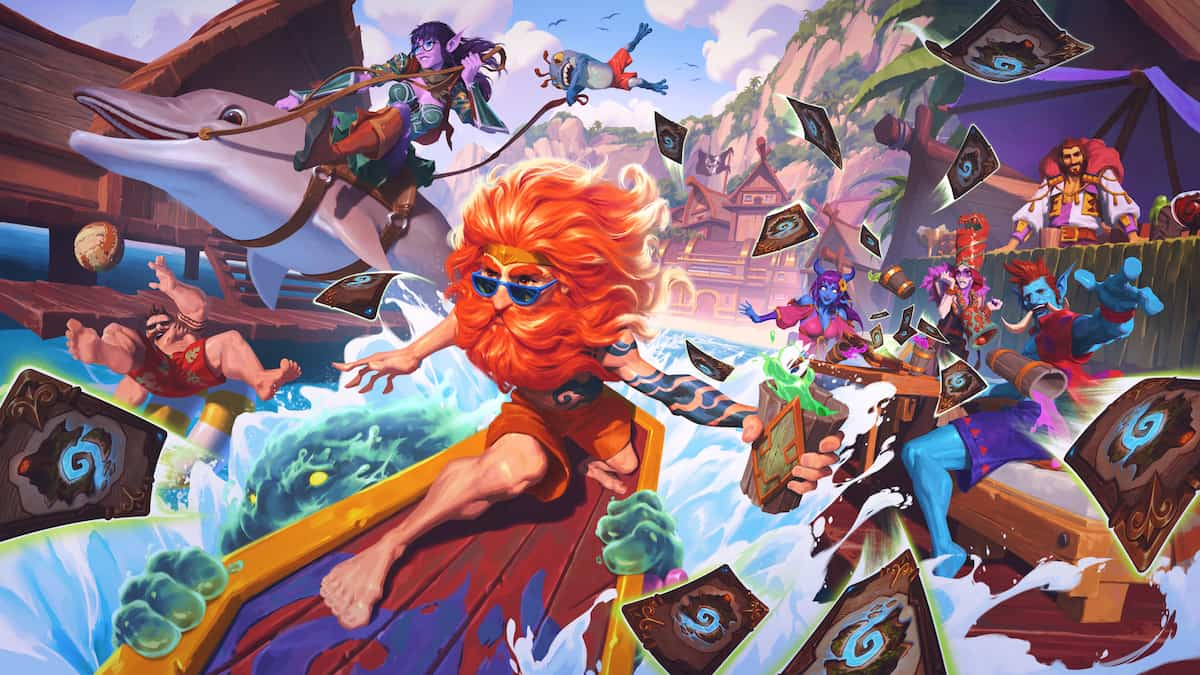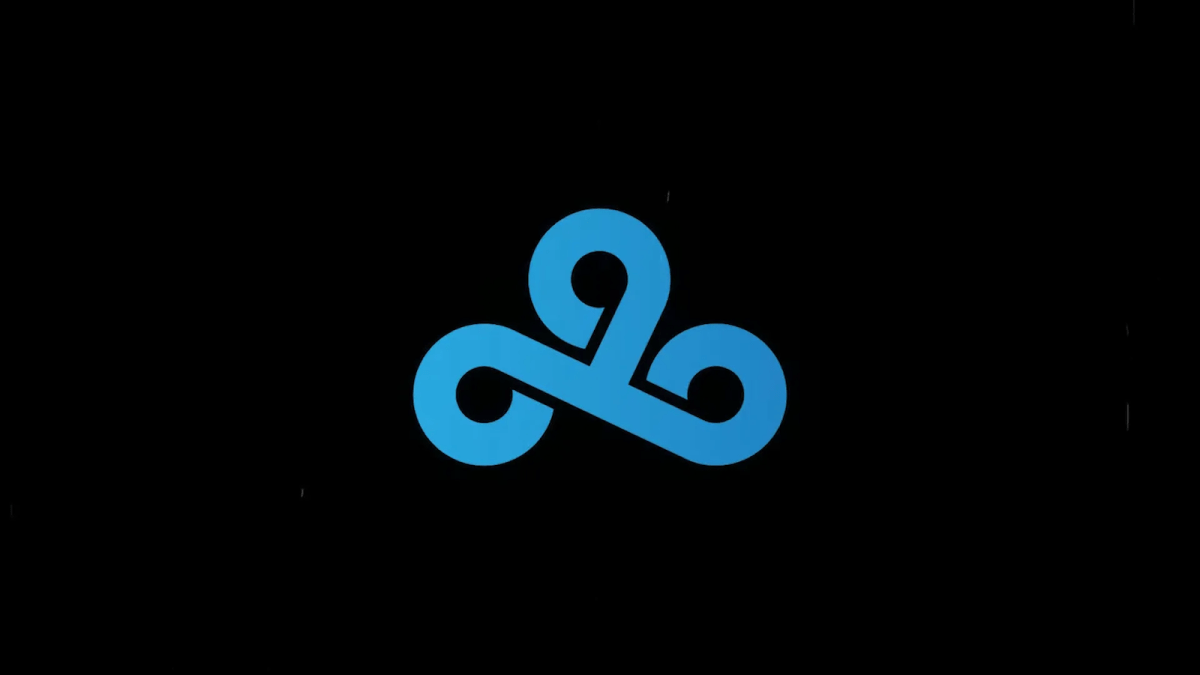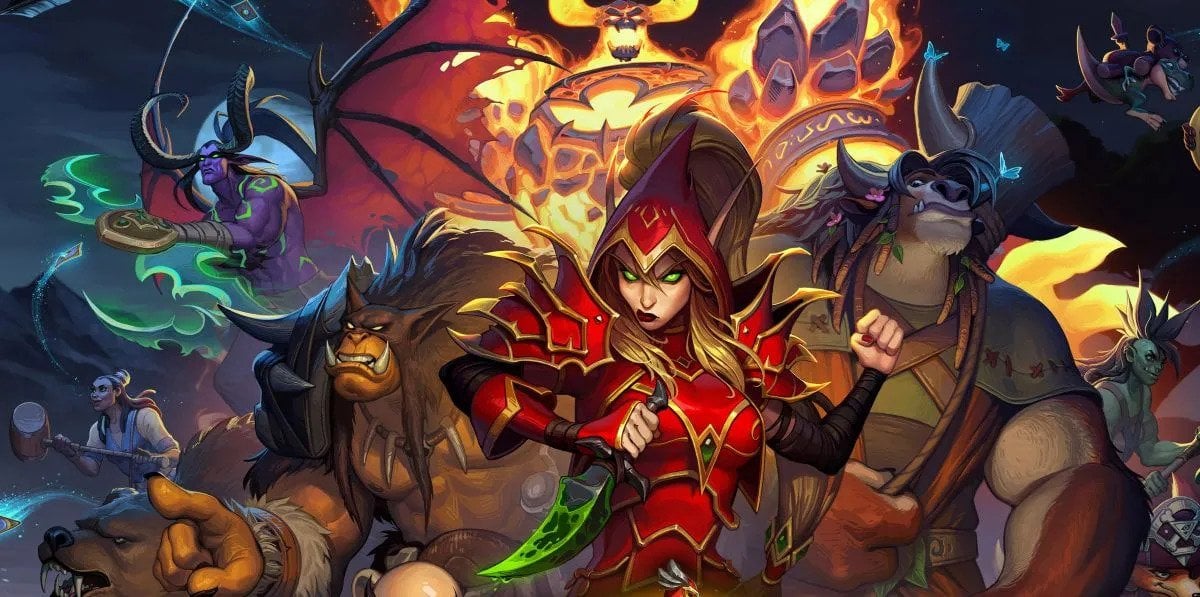If you’re looking for a Hearthstone deck with complexity that can allow you to overwhelm your opponents with hordes of brutish, high value minions, look no further than Warlock’s Handlock.
At the most basic level Handlock is a deck filled with strong, difficult to deal with creatures. On turn four you can play an eight health, eight damage creature or an eight health, four damage creature along with a taunt. Sounds badass, right?
Right, but, like many things in life that sound too good to be true, there is a catch. Getting to turn four and not being half dead can be trickier than it sounds.
When contrasted to the Warlock Zoo deck, and its hordes of low-cost minions, Handlock is a more complex and nuanced deck. As counterintuitive as it sounds, playing minions earlier hurts its fundamental strategy. You can also completely waste a turn, a mistake that almost guarantees a loss, by playing cards in the wrong order.
Handlock is all about card draw and the synergy between certain minions that benefit from from the number of cards you have. You’ll be using the Warlock’s hero ability, Life Tap, to do two damage to yourself and draw a card most turns. With cards like Twilight Drake, which gains hitpoints based on how many cards you have in your hand, and Mountain Giant, which costs less based on how many cards you have in your hand, you’re going to want to make the most of that draw mechanic.
Give the deck list below a once over, and we’ll explain how the deck plays.

Though most cards in this deck are powerhouses, there are three cards it’s built around: the Twilight Drake, the Mountain Giant, and the Molten Giant.

The four-mana Twilight Drake is an interesting card. The minion’s hitpoints increase depending on the number of cards you have in your hand when you play it. It can have as many as nine and as few as one. It will very frequently be the card you play on turn four, and if you play it with a nearly full hand, as you should, you can think of it like a Chillwind Yeti on steroids. That said, the Twilight Drake does have one situational weakness that requires some forethought before you use it: It can be silenced. A silenced Twilight Drake turns into a four damage, one hit point creature making it easy to deal with.

The Mountain Giant, like all “Giant” cards, has a unique mechanic that modifies how much mana it costs. In the Mountain Giant’s case it costs one less mana, down from ten, for every card in your hand. With a full hand, ten cards, it’s possible to have this beefy eight damage, eight health creature cost three mana. What a deal?

The Molten Giant, like it’s cragen brother the Mountain Giant, has a variable mana cost. The Molten Giant costs starts at whopping, unplayable 20 mana, but will cost one less per damage done to your hero. When your hero is at 10 life it is possible to play a Molten Giant for zero mana cost. There will be turns where can you play both your Molten Giants and taunts to the surprise of your opponent, who would have assumed he had you on the ropes but moments prior.
Optimal synergies
When playing multiple cards in one turn, it is absolutely critical, if playing either a Twilight Drake or Mountain Giant, that you play the card that benefits from the number of cards in your hand first. For example, let’s imagine you have six mana and a full hand. You want to play a three mana Mountain Giant and a three mana Earthern Ring Farseer.
If you you were to play the Eathern Ring Farseer first, in a momentary lapse of judgement, the cost of the of the Mountain Giant would increase by one and become unplayable. This is the kind of mistake that could very easily lose you a game.
The deck also includes a spell called Shadowflame, which destroys a minion and then deals its damage to every enemy minion. To get the most value out of Shadowflame, be sure to attack with your minion before destroying it to maximize your total damage.
Critical turns
The most important turn with this deck, in every matchup, will be turn four. That’s when you will start to gain steam and will often times be when you play your first minion. If you have the choice between a Twilight Drake and a Mountain Giant on turn four, it’s strongly advisable you play the Twilight Drake. The Drake, though he throws weaker blows than his friend, can have just as many hitpoints as the Mountain Giant. On turn four, such a hearty creature can prove problematic for your opponents and might bait out removal spells like Hex or Execute. You’d much rather lose a Twilight Drake to a foe’s removal than you would a Mountain Giant.
Overall strengths and weakness
Handlock’s strengths are easy to identify. Most of your minions are extremely beefy and difficult to deal with. Once you’ve wrestled board control away from your opponent, momentum is easy to keep, and your deck should fare better than most once you make it to the late game.
The deck fairs really well against classes with no direct removal spells, like Druid, but suffers against classes that do have ways to get rid of your big minions easily. Shaman’s can make quick work of Handlock decks if they have the proper cards. A one mana Earthshock can instantly kill your four mana Twilight Drake and hex can make quick work of any of your Giants. the Rogue’s saps, the Warrior’s executes and brawls, and the Mage’s polymorphs are other cards to try and play around.
Though handlock is on the expensive side, as far as decks go, it is a staple at high levels and tournament play. It takes some effort to master, but is well worth the effort. There are few feelings more gratifying in Hearthstone than watching your side of the board fill up with giant creatures while your opponent’s health erodes away.
Image via Blizzard






Published: Jun 13, 2014 02:17 pm